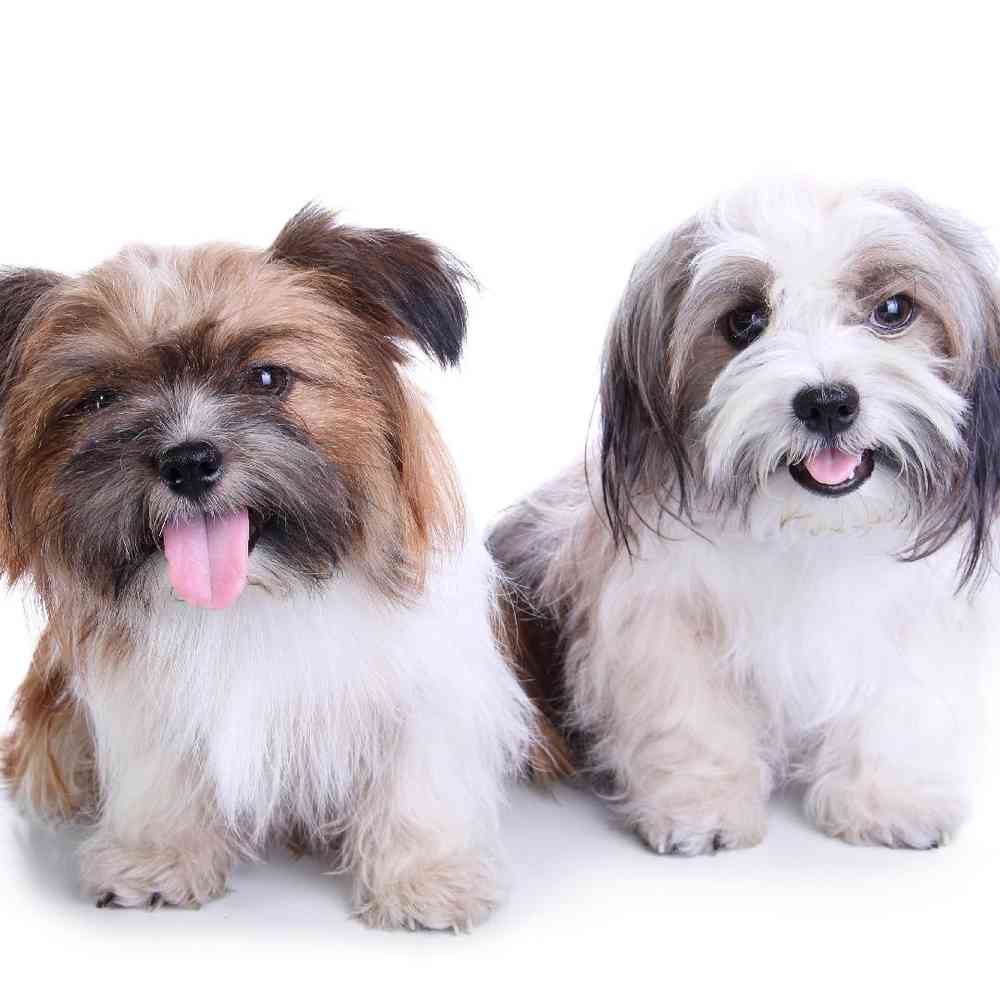
Havanese, the only dog breed native to Cuba, are cheerful little dogs with a spring in their step and a gleam in their big, brown eyes. These vivacious and sociable companions are becoming especially popular with American city dwellers.



Toy
The Havanese is a small sturdy dog of immense charm. He is slightly longer than tall, and covered with a profuse mantle of untrimmed long, silky, wavy hair. His plumed tail is carried loosely curled over his rump. A native of Cuba, he has evolved over the centuries from the pampered lap-dog of the aristocracy into what he is today - the quintessential family pet of a people living on a small tropical island. His duties traditionally have been those of companion, watchdog, child’s playmate and herder of the family poultry flock. His presentation in the show ring should reflect his function – always in excellent condition but never so elaborately coifed as to preclude an impromptu romp in the leaves, as his character is essentially playful rather than decorative. While historically always a toy dog and therefore never overly large or coarse, he does not appear so fragile as to make him unsuitable as a child’s pet. His unique coat reflects centuries in the tropics, and protects against heat. It is remarkably soft and light in texture, profuse without being harsh or woolly. Likewise, the furnishings of the head are believed to protect the eyes from the harsh tropical sun, and have traditionally never been gathered in a topknot for this reason. In both structure and gait, the Havanese is not easily mistaken for any other breed. His characteristic topline, rising slightly from withers to rump is a result of moderate angulation both fore and aft combined with a typically short upper arm. The resulting springy gait is flashy rather than far-reaching and unique to the breed. The overall impression of the dog on the move is one of agility rather than excessive ability to cover ground. These characteristics of temperament, structure and gait contribute in large part to the character of the breed, and are essential to type.
American Canine Association Continental Kennel Club Universal Kennel Club International American Kennel Club United All Breed Registry America's Pet Registry, Inc. United Kennel Club (Based on breed recognition. See store for details on this particular puppy.)
Queen Victoria and Charles Dickens both owned Havanese
All pets have found there homes! Sign up to be notified when new pets are added so you don't miss out.